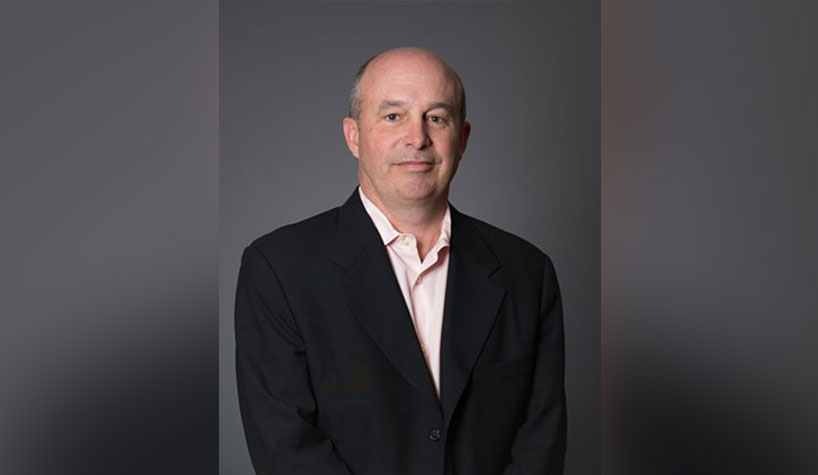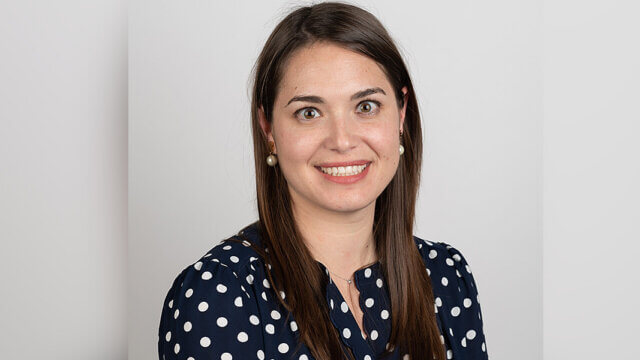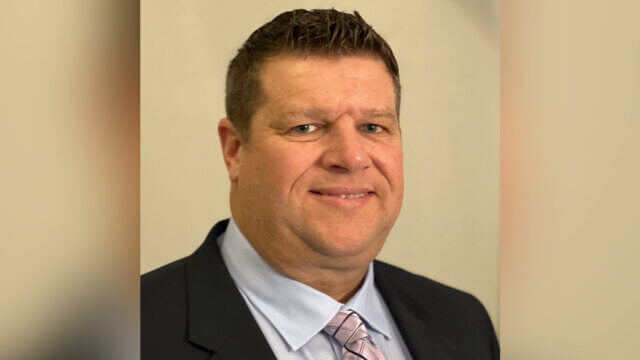By Chuck Hurchalla
The post-pandemic work environment will be challenged by many “new normals” that will impact our daily lives. Making up for revenue that was lost or deferred due to the impact of COVID-19 will be top of mind for many organizations. What opportunities are out there? How can an organization save critical capital while decreasing operating costs to improve net profit? What equipment may be necessary to provide a safe environment for returning employees and customers? In this article, we will explore energy-saving opportunities as well as specialized indoor air and surface disinfection methods that can help your organization safely follow the rapidly changing health guidelines.
Low Energy Prices
Finding savings is critical, especially when the future is unknown. With current energy prices coming off extreme lows, now is the time to lock in long-term contracts and renegotiate existing contracts. Our team is seeing savings of up to 20% on electric and natural gas. These low prices are a result of a combination of historically warm winter months and the coronavirus reducing both commercial and industrial demand for energy products. If your organization is currently in a supply agreement that expires in 2020, 2021 or even 2022, we highly suggest scheduling a review to find new opportunities to extend contracts or to renegotiate existing supply prices.
Energy-Efficiency Projects, No Capital Outlay Required
In difficult economic times, many companies choose to halt projects to preserve critical capital. While this clearly makes sense in some cases, it is not always the best path for weathering the storm. With event cancellations, closures and limits on corporate travel occurring across the country, we fully understand the impact this will have on top-line revenue and profitability across various industries.
An excellent way to immediately improve P&L is to decrease operating expense and increase cash flow without using capital by implementing fast-payback energy-efficiency projects paid for via off-balance sheet funding or lease financing. Energy-efficiency projects produce great ROI, reduce operating costs and increase a property’s value. On average, a site-wide project can reduce your organization’s utility spend by up to 30% a year while generating positive net cash flow via financing.
Ensuring a Safe Environment for Your Employees and Customers
In reaction to the coronavirus pandemic, hotel managers and operators must now make certain they are doing everything they can to improve indoor air quality (IAQ) and suppress potential spread of the virus.
The Occupational Safety and Health Administration (OSHA) has provided guidance for employers to help them meet the new requirements in place due to COVID-19. Prior to employees and customers returning to the workplace, employers should take the following steps to reduce the chances of exposure to COVID-19:
- Conduct a hazard and risk assessment.
- Develop an infectious disease preparedness and response plan that includes where, how and what sources of COVID-19 your workers could be exposed to, workers’ individual risk factors and the controls necessary to address those risks.
- Develop policies and procedures for prompt identification and isolation of sick individuals.
- Develop, implement and communicate new work flexibility and protections.
- Implement workplace controls.
- Follow standard OSHA guidelines.
For more information on the guidelines, visit: https://www.osha.gov/Publications/OSHA3990.pdf
In addition to the guidelines laid out by OSHA, building owners and operators should consider changes to building operations, including the operation of heating, ventilating and air conditioning systems to reduce airborne exposure to airborne bacteria and viruses.
Recommendations to Reduce the Spread
HVAC systems are critical components in suppressing the spread of the coronavirus from one building occupant to another. Making the following operational changes to your HVAC system, as well as supplemental technologies designed to disinfect the air and surfaces, has the potential to significantly curb the spread of the virus within your hotel.
Operational Changes: Dilution
Maintaining minimum recommended air changes (exhausting inside air and replacing it with fresh outside air) per hour is critical to maintain proper indoor air quality. However, the more outside air brought into a building means the more air that needs to be conditioned (heated or cooled) and the more money spent on electricity, gas, steam, maintenance, etc.
Traditionally, building operators ensure adequate IAQ (indoor air quality) by mixing indoor and outdoor air before recirculating it through the building. However, with higher IAQ needed to suppress the virus, hotel operators should employ a dilution strategy.
Dilution is the process of decreasing the concentrations of indoor contaminants by diluting interior spaces with outside air. ASHRAE released the following recommendations regarding dilution ventilation and COVID-19.
Increase Outdoor Air Ventilation:
- Open outdoor air dampers to 100% (as indoor and outdoor conditions permit).
- Disable demand control ventilation and energy recovering systems.
- Enable outside air economizer mode and increase minimum outside air settings.
- Maintain relative humidity between 40% and 60%.
- Check airflow to larger areas such as large office areas, conference rooms and lobbies.
- Maintain proper pressurization (both building pressure and toilet exhaust).
Germicidal Ultraviolet Light
Germicidal UV (GUV) refers to using shortwave ultraviolet radiant energy to inactivate viral, bacterial and fungal organisms so they are unable to replicate and potentially cause disease. When the process is applied in a given location, it is generally referred to as ultraviolet germicidal irradiation (UVGI). There are three main types of UVGI; at the Air Handling Unit (AHU) Coil Cleaning, Upper Room UVGI and Portable UVGI. Upper room and portable UVGI can be implemented in various parts of a building, or only in high risk areas. UGVI is a proven and effective inactivation method for mold, bacteria, and viruses in the air and on surfaces. When employed at the AHU coils, UV helps maintain system efficiency and airflow, saving energy and money. When using UVGI, operators must strictly follow protocols to reduce exposure to UVGI light, as it can cause serious harm to eyes and skin.
Bipolar Ionization
Bipolar ionization (BPI) technology releases negatively and positively charged atoms that attach to and deactivate harmful substances like viruses, bacteria, mold, allergens and volatile organic compounds (VOCs) in the air and on surfaces. In hotels, BPI can be utilized in the AHU’s serving the common areas and BOH areas and can also be deployed in the PTAC, FCU and WSHP units. BPI has been laboratory tested to be effective at killing or deactivating a myriad of viruses and bacteria and is presumed highly effective against SARS-CoV-2.
With hotels facing many challenges as they look to reopen and return to full capacity in the future, the recommendations above provide added savings and ensure a safer indoor environment for your employees and customers.
Chuck Hurchalla, president, Evolution Energy Partners, has more than 30 years of experience in the deregulated energy markets, including natural gas, electricity and petroleum products.
This is a contributed piece to Hotel Business, authored by an industry professional. The thoughts expressed are the perspective of the bylined individual.




